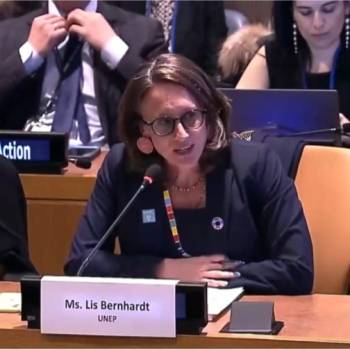
The global climate crisis poses a number of threats to the well-being and prosperity of the people of the Islamic Republic of Pakistan. The country already witnesses several climate- and weather-related natural hazards due to its geographical diversity and a varied tropical, continental climate (hot summers and cold winters). Pakistan experiences recurring heatwaves and droughts, riverine and flash floods, landslides, and sea storms or cyclones. Climate change is expected to increase the frequency and intensity of these events as well as exacerbate people’s vulnerabilities. It is projected that there will be significant increase in temperature across the country and especially in the snow-covered mountainous north, which will lead to faster glacial melt.
Heatwaves are likely to become more frequent and intense all over Pakistan, and the number of ‘hot’ days and nights are expected to increase significantly. Changes in rainfall trends are not clear, though there may be some shifting of seasons (peak summer rain shifting to August and peak winter rains shifting to March). Extremely wet days are likely to increase across all of the country except in Sindh Province, which will experience more dry days (leading to the increased frequency of drought).
Climate change has the potential to trigger wide-ranging and strong negative feedback loops between livelihoods and health.
Pakistan is a low-middle income country that remains predominantly agrarian, although it is progressively industrializing its economy and over one-third of the population now resides in towns and cities. The country relies heavily on its climate sensitive land, water and forest resources for livelihoods and food security. Agriculture remains an important source of employment for 42 per cent of the population. Almost 90 per cent of agriculture depends on irrigation from the glacier-fed River Indus and its tributaries. Climate change has hastened the pace of glacier melt, which will increase the incidence of glacier lake outburst floods (GLOF) and flash floods downstream. Faster glacier melt, higher temperatures, shifting seasons and erratic rainfall patterns are all altering the flow of the River Indus and this will increasingly affect agriculture-related activities, food production and livelihoods. Already, 39 percent of the population had experienced multidimensional poverty.
Impacts to health (notably via heat exhaustion, malnutrition, the emergence of vector-borne diseases such as Dengue Fever, and the increased burden of waterborne diseases) will reduce people’s ability to work and earn a livelihood.
Migrants, internally displaced persons, and religious and ethnic minorities will be highly vulnerable as they are often marginalized to hazard-prone land and face barriers to accessing healthcare, including financial barriers due to informal employment. Climate change may potentially increase the number of child marriages, premature births and domestic violence. Women and children will also be more vulnerable to malnourishment and malnutrition due to lower food production.
Written by :
Ms Wardah Malik - Environmentalist | Environmental and Climate Activist | Climate Reality Leader | Green Blogger | SDGs Advocate - Founder/CEO of Women In Climate Pakistan
Posted 27
Posted on 2022-06-09 16:35








Comments